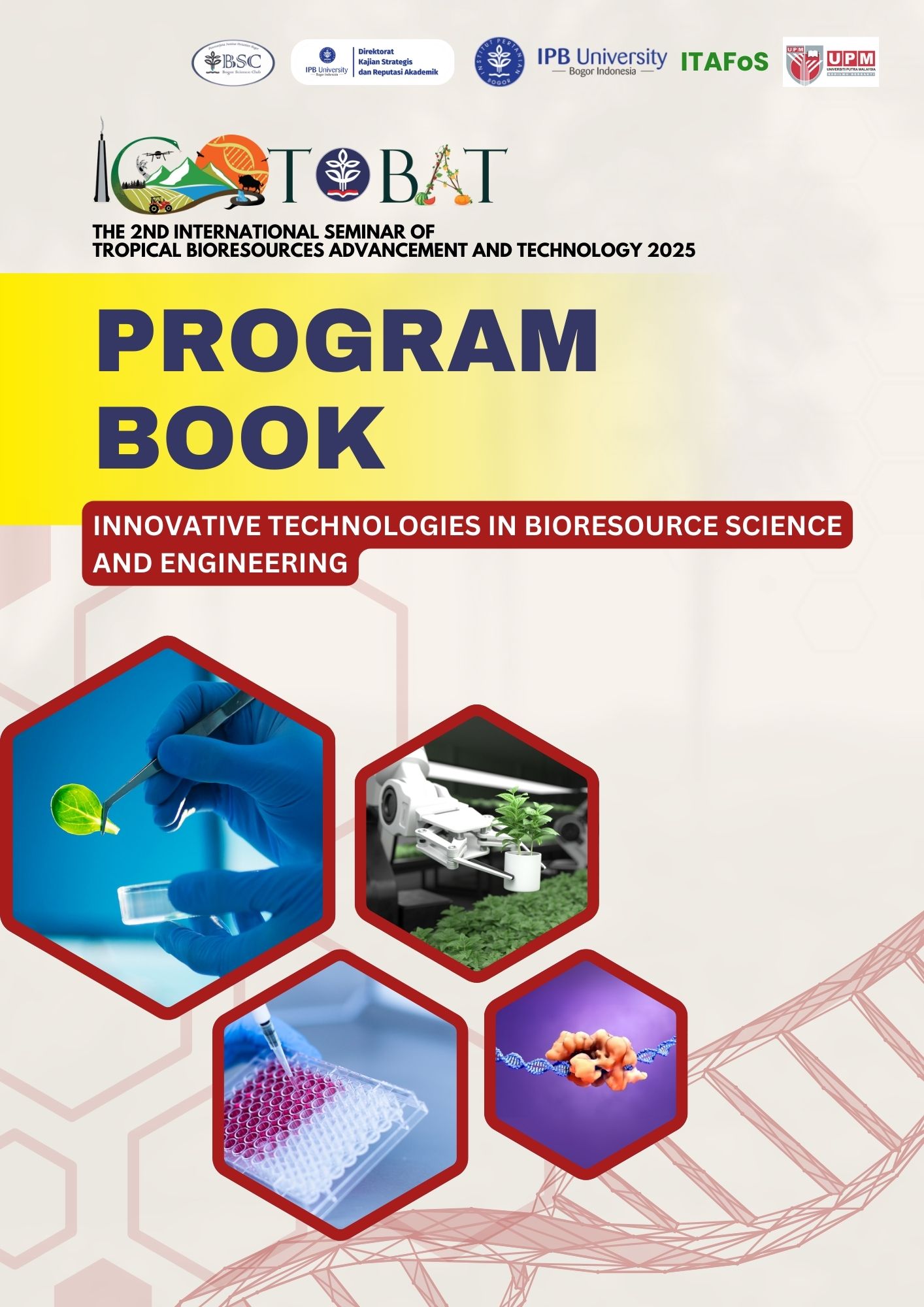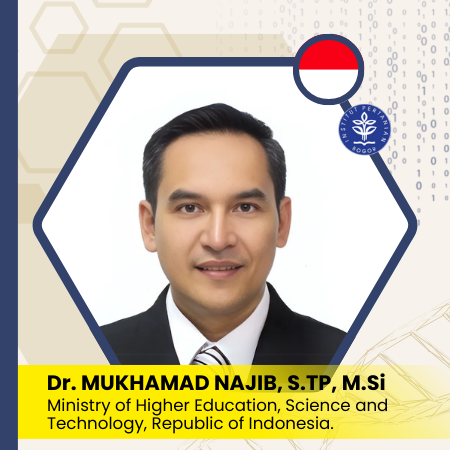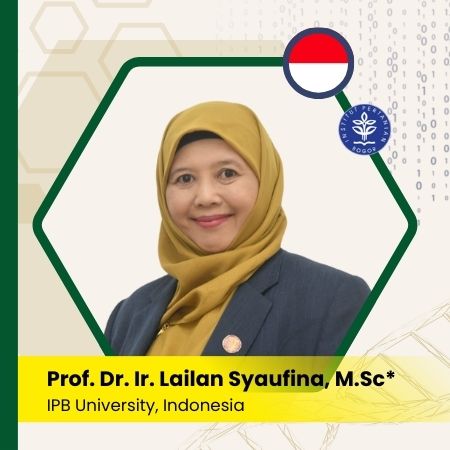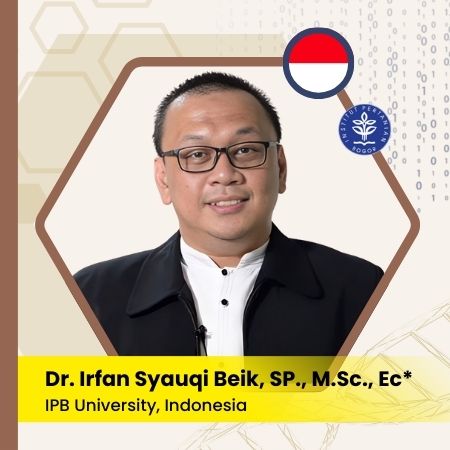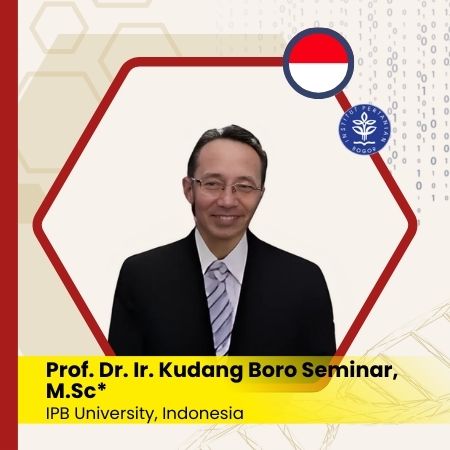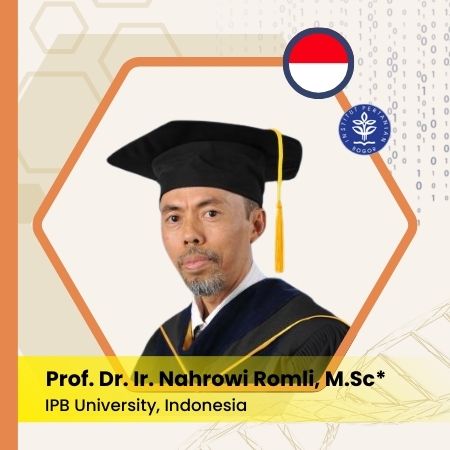Melanogenesis-Stimulating Potential of Indonesian Nigella sativa : A Bioactivity-Based Exploration Using B16F10 Cells as a Vitiligo Therapy Alternative
Keywords:
bioactivity assay, melanogenesis, Nigella sativa, thymoquinone, tropical bioresource, vitiligoAbstract
Vitiligo is a chronic depigmentation disorder caused by melanocyte loss, resulting in achromic patches on the skin. In response to the limited availability of therapeutic options in Indonesia, Nigella sativa (black cumin), a locally cultivated medicinal bioresource, was explored for its melanogenesis-stimulating potential. This study employed a 96% ethanol extract of N. sativa seed and evaluated its bioactivity in vitro using B16F10 melanoma cells. Phytochemical screening revealed flavonoids, alkaloids, saponins, and steroids, while HPLC quantified thymoquinone (TQ) at 0.04%. Cell viability (MTT assay) showed >90% viability up to 12.50 ppm, with an IC50 of 56.41 ppm. Tyrosinase activity (L-DOPA assay) significantly increased at 6.25 ppm (143.57%) and 12.50 ppm (224.29%) (p < 0.01), while melanin production rose dose-dependently at 3.13 ppm (117.40%; p < 0.05), 6.25 ppm (213.80%), and 12.50 ppm (253.30%) (p < 0.01). These effects were comparable to IBMX and TQ controls. This bioactivity-guided approach highlights the application of cellular assays in exploring medicinal plant resources. Nigella sativa shows promise as a safe and effective melanogenesis stimulator, supporting its development as a functional dermatological agent derived from locally cultivated bioresources.

